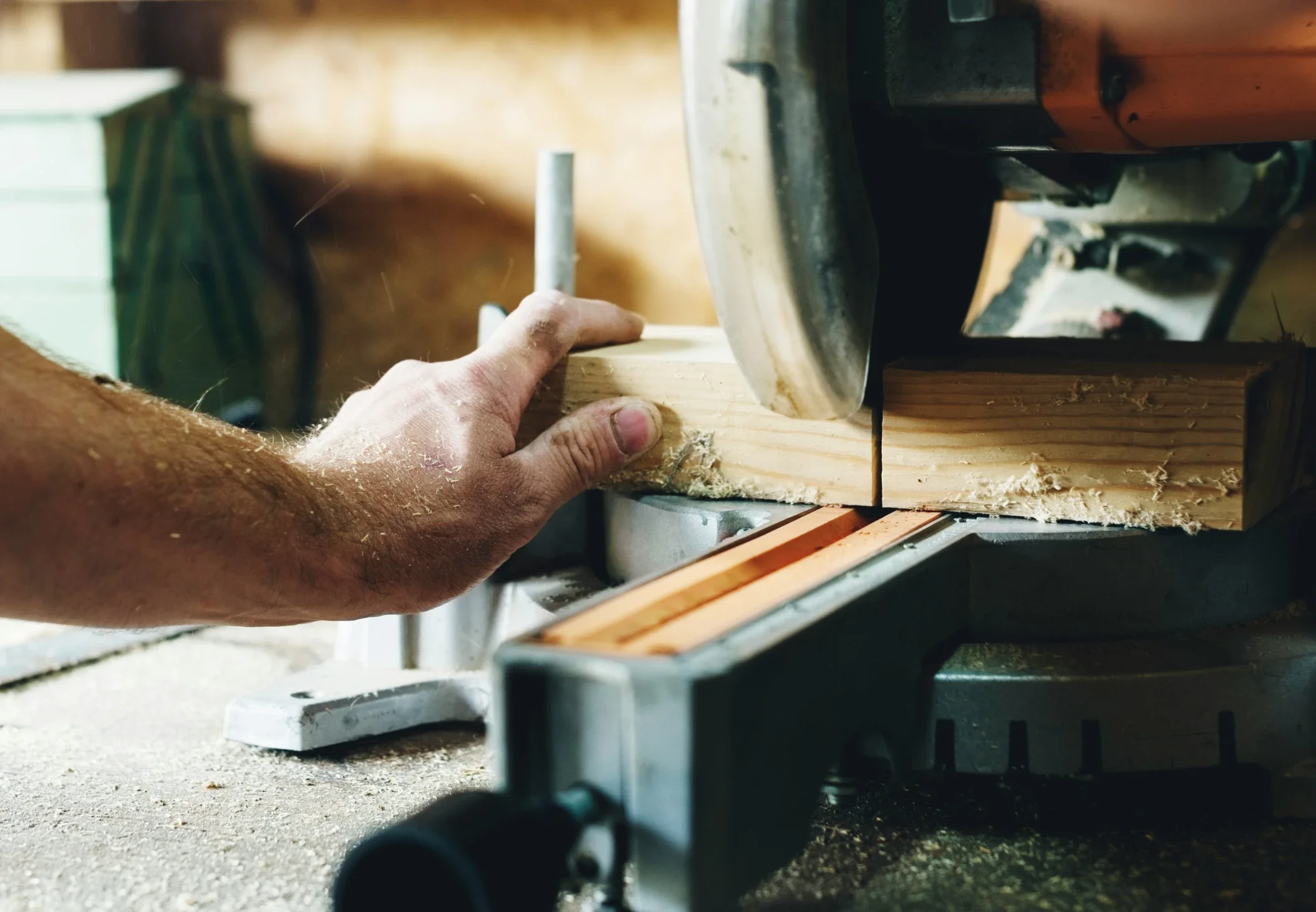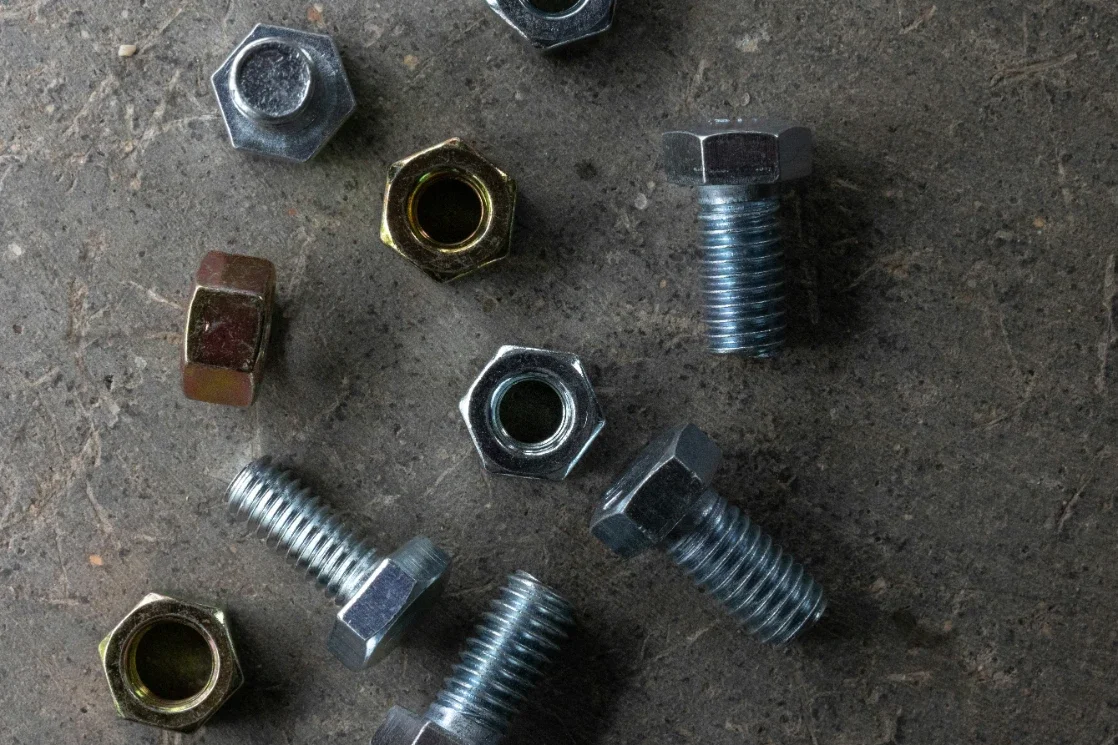Types of Wood Cutting Machines
Explore the different types of wood cutting machines, their features, and uses to find the perfect tool for your woodworking projects.
Woodworking depends on the right tools for cutting and shaping material accurately. From simple hand saws to high-tech routers, wood cutting machines come in many forms. Each type is built for a specific purpose — rough cuts, fine curves, or precision joints. Understanding how these machines work helps you choose the best one for your workshop.
1. Why Choosing the Right Cutting Machine Matters
Different woods and project types call for different machines. A live-edge table needs wide, clean cuts; cabinetry requires tight joinery and smooth edges. Using the wrong tool can lead to tear-out, wasted material, or even unsafe operation. The right cutting machine improves quality, speed, and repeatability.
2. Common Types of Wood Cutting Machines
Table Saw
The table saw is the centerpiece of most workshops. It uses a circular blade mounted under a flat surface to make long, straight cuts, also known as rip cuts. Adjustable fences and blade angles allow for bevels and miters, making it versatile for furniture and cabinetry.
Miter Saw
A miter saw, or chop saw, is best for crosscuts and angled cuts. It’s portable and precise, often used for trim, framing, or molding work. Sliding models handle wider boards with ease.
Bandsaw
Bandsaws feature a continuous loop blade that moves vertically. They excel at cutting curves, resawing thick stock, and creating irregular shapes. Because of their thin kerf, bandsaws waste less wood.
Jigsaw
The jigsaw is a handheld power saw with a small reciprocating blade. It’s great for intricate curves, cutouts, or quick jobs where larger machines aren’t practical. It’s also one of the safest cutting tools for beginners.
Scroll Saw
For delicate, decorative work like marquetry or fretwork, a scroll saw allows detailed inside cuts. Its thin blade can turn sharply and cut complex patterns with minimal chipping.
Chainsaw Mill
For large logs or slabs, a chainsaw mill converts rough logs into workable lumber. It uses a guide rail and a powerful chainsaw to slice slabs or beams directly from the log — ideal for outdoor or rough milling work.
Slab Saw / Horizontal Bandsaw Mill
When you need to cut massive pieces of wood, such as live-edge slabs or thick tabletops, a horizontal bandsaw mill provides precision and control. It’s common in small sawmills or custom furniture shops that process raw logs into flat slabs.
3. Modern Options: CNC Wood Cutting Machines
Advancements in woodworking technology have brought automation into small shops. A CNC wood cutting machine uses computer control to cut, carve, and engrave with high precision.
These machines move a router bit along three or more axes to produce shapes and patterns that would be nearly impossible by hand. With software control, you can repeat the same design perfectly every time — ideal for furniture parts, signage, and custom joinery.
Key benefits include:
Accuracy: Micrometer-level precision for perfect fits.
Speed: Automated motion saves time on repetitive tasks.
Flexibility: Cuts curves, engravings, or 3D shapes from a single file.
Consistency: Every piece matches exactly, no manual variation.
Even hobbyists now use compact CNC routers for slab flattening, inlays, and personalized woodworking projects.
4. Safety and Maintenance Tips
Keep blades sharp and clean to prevent kickback.
Always wear safety glasses and hearing protection.
Disconnect power before changing blades or bits.
Regularly check alignment and calibration on all machines.
Use dust collection systems to protect your lungs and workspace.
Final Thoughts on Wood Cutting Machines
Wood cutting machines have evolved from simple saws to intelligent, computer-controlled tools. Traditional saws still have their place for quick cuts and shaping, while CNC systems bring a new level of precision and creativity.
Whether you’re crafting furniture, art, or architectural elements, the right cutting machine turns raw lumber into something truly refined.




